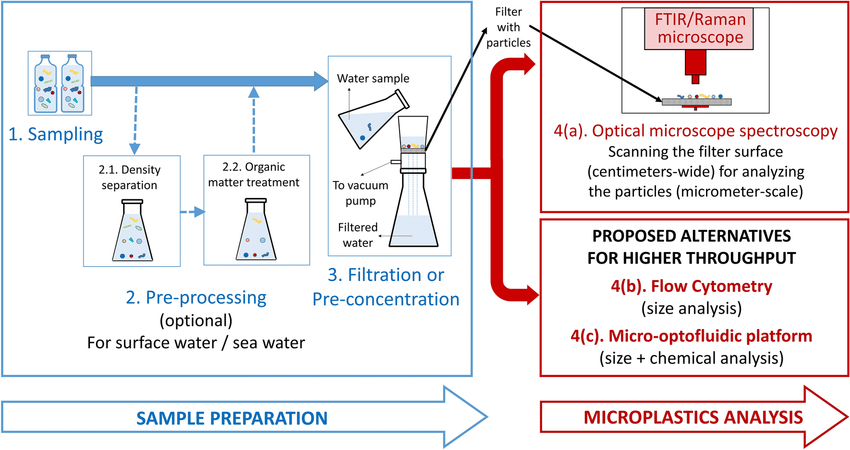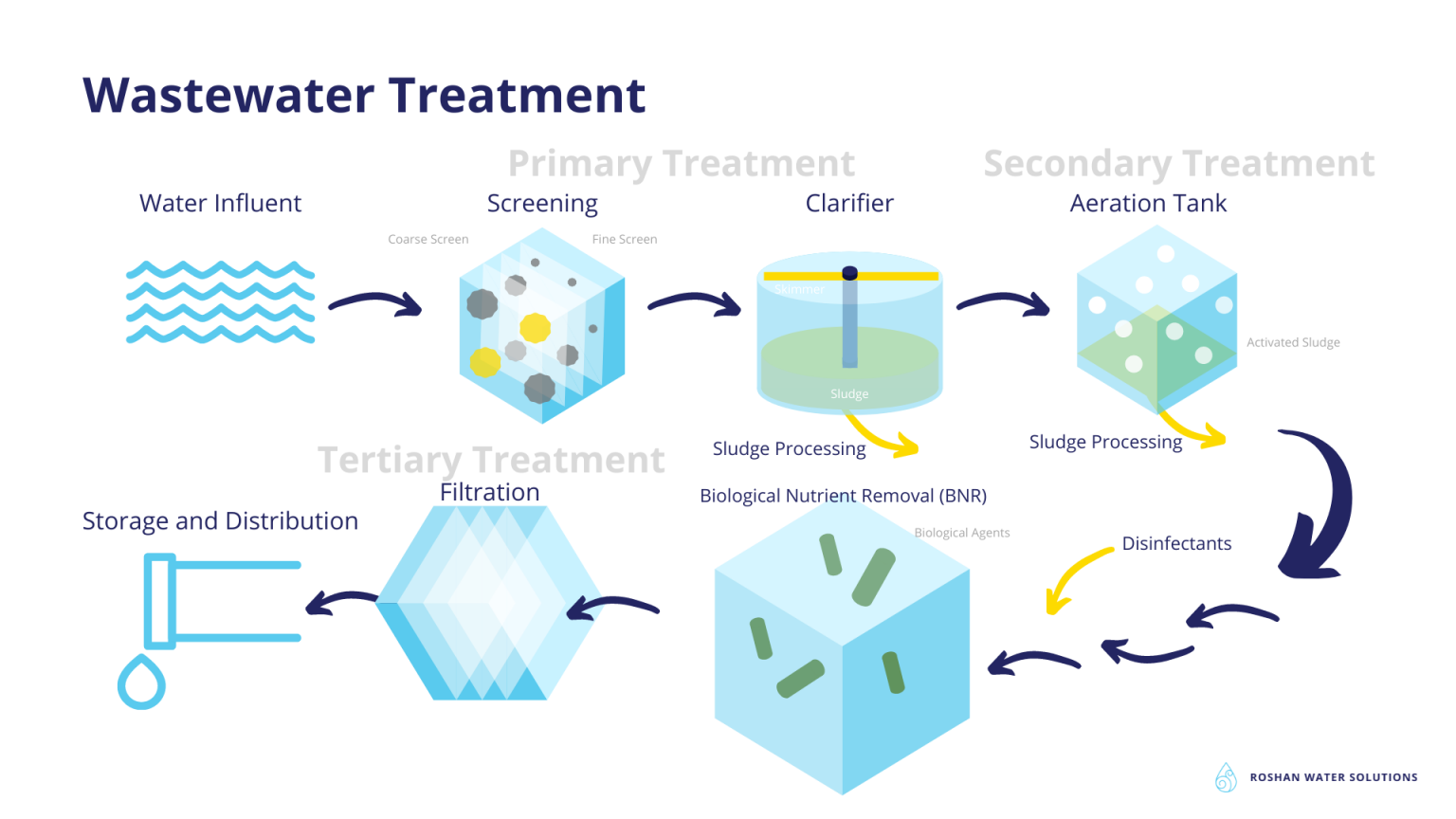Clean water is essential for health, hygiene, and overall well-being. In Ohio, understanding the quality of your water through comprehensive analysis is crucial, especially given the state’s diverse water sources and potential contaminants. This guide delves into the importance of water analysis, key parameters to monitor, and why choosing Ohio Water Testing is a wise decision for residents.
What is Water Analysis?
Water analysis involves testing water samples to assess their physical, chemical, and biological characteristics. This process helps identify contaminants, determine water quality, and ensure safety for consumption and use.

Key Parameters in Water Analysis
Understanding the components of your water is vital. Here are the primary parameters assessed during water analysis:
1. Physical Parameters
-
Turbidity: Measures water clarity; high turbidity can indicate the presence of suspended particles.
-
Color and Odor: Unusual color or smell can signal contamination.
- Temperature: Affects chemical reactions and biological processes in water.
2. Chemical Parameters
-
pH Level: Indicates acidity or alkalinity; essential for water stability.
-
Hardness: Determined by calcium and magnesium levels; affects soap efficiency and can cause scaling.
-
Chlorine: Used for disinfection; excessive levels can lead to taste and odor issues.
-
Nitrates and Nitrites: High levels can be harmful, especially to infants.
-
Lead and Copper: Heavy metals that can leach from pipes; toxic at high concentrations.
3. Biological Parameters
-
Total Coliforms and E. coli: Indicators of bacterial contamination; presence suggests potential health risks.
- Algae and Microorganisms: Can affect taste, odor, and safety of water.
Interpreting Your Water Analysis Report
After testing, you’ll receive a report detailing the levels of various parameters. Understanding this report is crucial:
-
Compare Values: Check if the levels fall within the recommended standards.
-
Identify Issues: Highlight any parameters that exceed safe limits.
-
Seek Solutions: Consult with professionals to address any concerns.
Why Choose Ohio Water Testing?
-
Local Expertise: Familiarity with Ohio’s water sources and common contaminants.
-
Certified Laboratories: Ensuring accurate and reliable results.
-
Comprehensive Services: From testing to treatment solutions.
-
Customer Support: Guidance in interpreting results and implementing solutions.

Service Areas
We proudly serve the following Ohio communities:
-
Painesville
-
Mentor
-
Concord
-
Perry
-
Fairport Harbor
-
Kirtland Hills
-
Kirtland
-
Chardon
-
Willoughby Hills
-
Willoughby
-
Eastlake
-
Willowick
-
Wickliffe
-
Madison
FAQs
-
What is water analysis?
It’s the process of testing water to determine its quality and safety.
-
Why is water analysis important?
To identify contaminants and ensure water is safe for use.
-
How often should I test my water?
Annually, or if you notice changes in taste, color, or odor.
-
What contaminants are commonly found in Ohio water?
Nitrates, lead, bacteria, and hardness minerals.
-
Can I test my water myself?
Home kits are available, but professional testing is more comprehensive.
-
What do high nitrate levels indicate?
Possible agricultural runoff; can be harmful, especially to infants.
-
How is water hardness measured?
By the concentration of calcium and magnesium ions.
-
What does pH level tell me?
The acidity or alkalinity of your water.
-
What is turbidity?
The cloudiness or haziness of water caused by particles.





